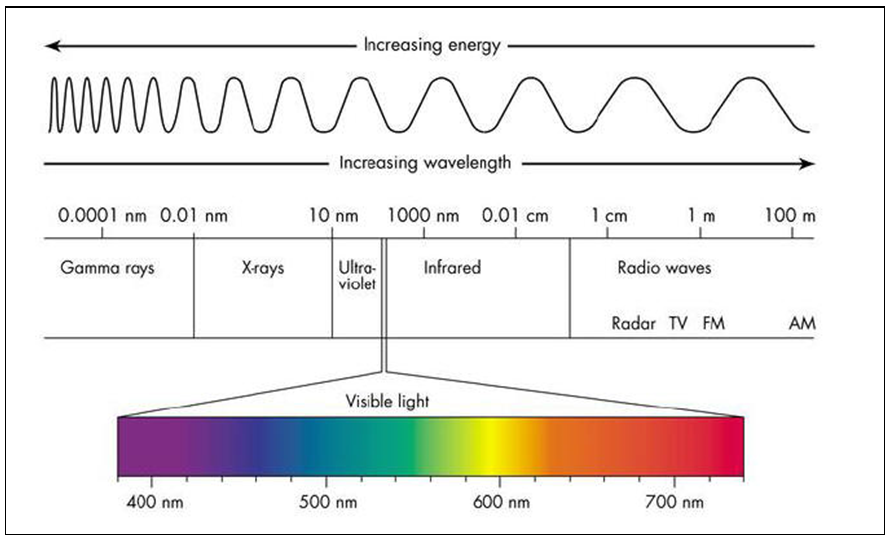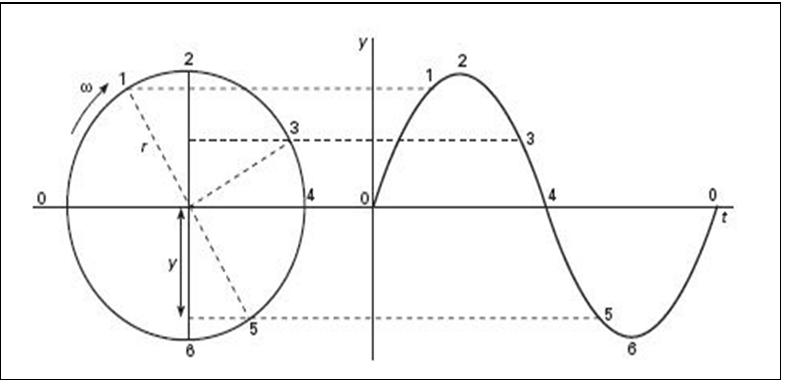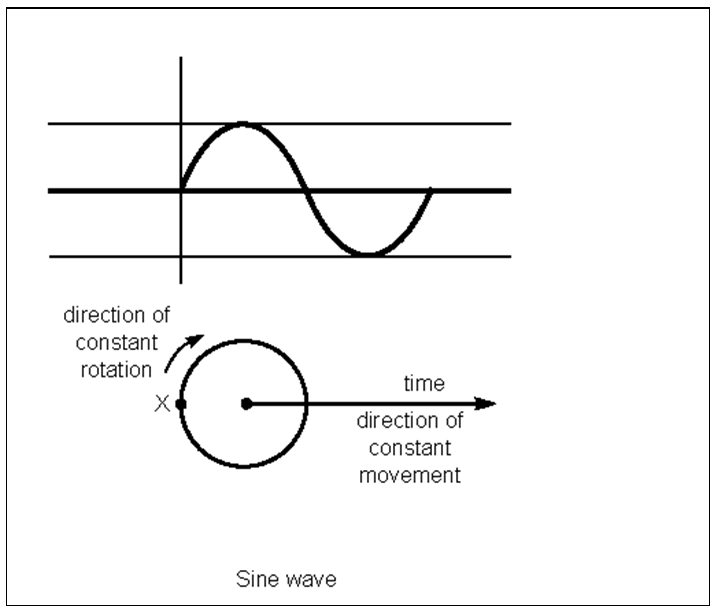
Current physics describes light as the vibration of an electromagnetic field that exists throughout space. When this field vibrates slowly, it is radio waves, faster vibrations are visible light, and very fast vibrations are x-rays or gamma rays (Figure 3.5). Visible light is the part of the electromagnetic spectrum that vibrates about a million-billion times a second, gamma rays are a billion times faster, while radio waves vibrate just a few times a second. All these waves are then the same vibration at different frequencies, so the term “light” will from now on refer to any electromagnetic wave.
In optics, light moving on an axis is a ray of light. A ray of light can polarize in many ways, but filters can produce a ray that is polarized only one way. Lasers can also produce a single pulse, which is one photon at one frequency polarized in one plane.
Such techniques can produce light rays that are out-of-phase, so the crests of one ray oppose the troughs of another. Each ray is then separately visible, but they combine to give darkness, as the out-of-phase rays cancel each other, just as out-of-phase water waves do. This light + light = darkness result confirms that light is a wave, because particles can’t do this. Note that flashlight beams can’t do this because they aren’t polarized.

Light is also a sine wave, which in mathematics maps to a moving circle (Figure 3.6), so a pointer turning in a circle like a clock hand produces a sine wave as it moves (Figure 3.7). Water waves are also sine waves, caused by forces acting at right angles to the water surface.
.
.
.

When a water wave arrives at a point on a pond surface, it pushes water molecules up until gravity pulls them back down, then the elasticity of the water pushes them back up, etc. The wave just moves water molecules up and down, so corks just bob up and down as a wave passes. What travels as a wave across a pond is the transverse up-down vibration, not the water itself, and this vibration maps to a moving circle.
In theory, light should work the same way but when the electromagnetic field vibrates, nothing physical goes up or down and there is no physical direction for it to do so. Physics says light is an electromagnetic vibration, but it provides no physical basis for that. Naming a cause doesn’t explain it, so the term electro-magnetic field is just a placeholder for a vibration that isn’t understood. However a surface in the quantum network could transmit light as a wave, just as a two-dimensional pond surface does but in three-dimensions.